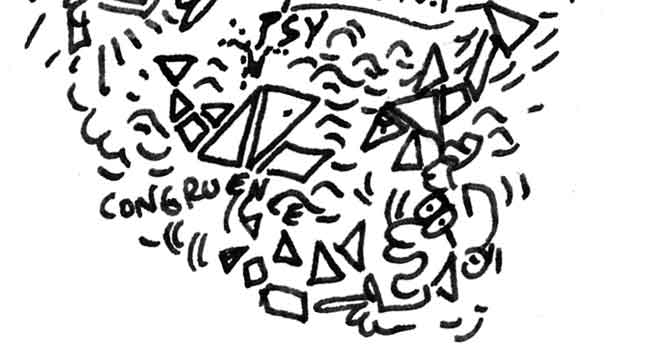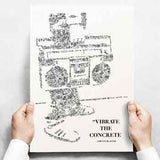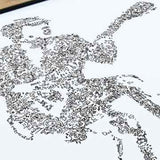If you are interrested into psychology, humanism and client-centered therapy you may know Mr Carl Rogers, one of the most influential thinker of the last century.
Here is the biography and portrait of Carl Rogers made of fun facts like a comics of his life illustrated just like a Draw my Life !
You will discover inside :
- all the jobs he wanted to do when he was young before choosing for psychology
- Who influenced him
- how he Re-think the therapy with the humanistic touch
- The unconditionnal positive regard, congruence and not judging
- and many more stories about Carl Rogers, great thinker of 20th Century.
1.Illustrated Biography of Carl Rogers
For thoses who don't like to read and prefer a great video to know all about Carl rogers, take a seat for 4 minutes of intricated drawings and stories !
- video coming soon !-
2.Carl Rogers young
Carl Rogers was born in 1902 in US. His father was a farmer at a time and Carl started farming studies at a moment. He was good at school and finally reach university and planed to be minister.

After attending a religion seminar in 1922, he realize he didn't have the faith and change later to History then to psychology.

3.A great Psy gift for Carl Rogers fan
If you don't know what to offer to a Carl Ransom Rogers fan, who allready owns plenty of books about him, you can think about a piece of Art
This is plenty of anecdotes to the famous humanist psychologist and still plenty of details to discover everytime you pass near the picture, Details about Congruence, positive regard and empathy that a fan will truly appreciate and understand !
4.Carl Rogers in psychology
After receiving his Ph.D., Rogers spent a number of years working as a clinician. He started to work on child studies, was director of the Society for the Prevention of Cruelty to Children and after years of working with troubled children, he wrote The Clinical Treatment of the Problem Child.

Carl rogers will attend courses by the the notorious psychologist Leta Stetter Hollingworth that will change his vision about High IQ kids.

He was influenced by post-Freudian psychotherapist Otto Bank and believed in the theory of humanist Abraham Maslow about the Hierarchy of Needs.
5.Carl Rogers' personality theory
Rogers believed that all people needs to grow and achieve their potential.

Following the theory of Abraham Maslow about the Hierarchy of Needs, he think everyone can reach the top and it is illustrated by the term of Congruence.

Congruence is when the Actual meet the Ideal. Once done, you've hit the top of your personnality. Carl ldid hit the state of Congruence and explains it very Well by theses words :
“I'm not perfect... But I'm enough.”
―
6.Carl Rogers' humanistic theory
During the time of his clinical work, Rogers noticed that the directive therapy results were distorted or twisted by the unequal relation between the therapist and the patient.

He developed another approach of the therapy, the so called "nondirective therapy." where instead of leading the therapy and giving advices to the patient, he moves his role from Director to Facilitator (same seat for both), and change from the name patient to client (a patient is sick and a client needs to be heared) leading to the client-centered therapy.

And the cherry on the cake is the Unconditional Positive Regard on the client, making the angular piece of his humanistic theory about psychology.
7.Carl Rogers positive regard
What is the Unconditional Positive Regard ?
It means that therapist accepts and supports the client, no matter what they say or do, placing no conditions on this acceptance. For "good" and "bad" behaviors.
this is one of the three element needed to make the client grown-up. Just like a green plant which needs sun, water and a rich Soil, the patient needs
- An honest and direct talking therapist (Water)
- An Unconditional Positive Regard (sun)
- A therapist who listen and understand (rich soil)

8.Quotes by Carl Ransom Rogers
Here it is with main concepts of Carl rogers, so let's end with some of his famous quotes illustrated you can find on this biography portrait here !
“The curious paradox is that when I accept myself just as I am, then I can change.” ―

Drawing explanation : We cannot change, we cannot move away from what we are : if you are a Whale, accept it and you'll be about to become a Shark.... still being you (Tangram references with the drawing)
"Life is precious and vulnerable,be wise with how you choose to spend it, because once death arrives there is no turning back.” ―









